Have you ever felt embarrassed by uneven skin tone, age spots, or melasma? Most of the time, skin discoloration is a harmless condition. But whether it occurs in small patches, large patches, or all over the body, many people feel self-conscious about uneven, hyperpigmented skin.
What is hyperpigmentation? Hyperpigmentation is the darkening of skin in certain areas that is caused by increased melanin production in the body. What causes hyperpigmentation to happen may vary.
If you are an Amber skin type, you may have tried to lighten hyperpigmentation with harsh treatments only to find your skin even more sensitive to developing dark spots. If you’re a woman, you have probably tried to cover up pigmentation with makeup, too.
There’s no doubt about it: hyperpigmentation is frustrating! But the good news is, there are answers to your questions about this skin condition, and you can start to improve the appearance of hyperpigmentation in as little as two to four weeks by taking the right steps. Now, let’s bust some myths about hyperpigmentation, so you can feel more radiant in your skin.
Myth #1: The more you exfoliate, the better.
I’m going to stop you right there! The more scrubbing you do, the more damage you potentially cause. Harsh exfoliants strip the skin of its natural oils and disturb the skin’s microbiome (the delicate balance of microorganisms that actually protect your skin). Scrubbing also irritates skin and causes inflammation, which can make hyperpigmentation worse.
But, when done correctly, exfoliation is very beneficial. Gentle exfoliation once per week helps remove dead skin from the surface to reveal smooth, glowing and vibrant skin. You can use a gentle physical exfoliant like BAMBOO & ROSE Facial Exfoliant which is designed to stimulate cell renewal by activating circulation. This will help your skin look and feel refreshed and improve the appearance of dull skin. For the best results, follow up exfoliation with a restoring serum and then really drench the skin with moisture.
Myth #2: Hyperpigmentation is strictly genetic.
Genetics do play a role in skin type and whether or not a person is prone to hyperpigmented skin, but that is not the only factor. Sun exposure, inflammation, free radicals, and hormonal changes all contribute to oxidative stress that leads to skin discoloration. Melasma and sunspots are two of the most common types of hyperpigmentation. Melasma is typically caused by hormonal changes and is even nicknamed the “mask of pregnancy.” This type of hyperpigmentation typically occurs on the stomach and face.
To avoid sun damage, protect your skin from excess sun exposure by applying a natural sunscreen every day, wearing wide-brimmed hats to protect your face and shoulders, and limiting time spent in the sun. It is also important to cleanse your skin in the morning and at night to protect it from oxidative damage from sweat, makeup, and the environment. A gentle cleanser like Step 1: CLEAR & REFRESH Facial Cleanser is enriched with skin-soothing ingredients including aloe vera and coconut oil to remove impurities and restore skin pH.
Certain medications can also cause hyperpigmentation. Some clinical studies have linked Vitamin B12 deficiency with hyperpigmentation. Post-inflammatory hyperpigmentation occurs when the skin is damaged by skin injury or inflammation, usually from acne. As you can see, a lot more than genetics contributes to hyperpigmentation!
Myth #3: Hyperpigmentation only occurs from age.
Most people assume that sunspots, also known as liver spots or solar lentigines, only occur with age. These are very common with excess sun exposure that occurs over a long period of time and typically develop on the hands and face. Age spots are common in adults over 50, but young people can also develop them if they spend too much time in the sun or spend time in tanning beds.
No matter how old you are, your skin will benefit from an extra dose of antioxidants that enhance skin vibrancy and smooth the appearance of fine lines and wrinkles. Step 4: GLOW & ENHANCE Facial Boost, contains moisturizing oils (like cranberry seed oil and raspberry seed oil) and potent antioxidants, including Vitamin E and CoQ10 to promote the youthful appearance of skin.
Myth #4: Hyperpigmentation can only be faded with expensive cosmetic treatments.
With the array of high-tech skin solutions offered today, I understand the appeal of modern skin care treatments. We live in a society of quick fixes and fast solutions. You have probably looked for a fast-working, skin-lightening cream or topical treatment in the past that didn’t work, and now you want to try something different. Something more advanced that you think will work faster, better, and permanently.
Dermatologists offer many sophisticated treatments promising quick results, from lasers to microneedling to topical hyperpigmentation treatment. Hydroquinone is the most popular topical treatment for hyperpigmentation; however, it may have allergenic and carcinogenic properties. A better over-the-counter option is nicotinamide gel (2% to 5%), which can help reduce hyperpigmentation and melasma. It also helps to decrease skin inflammation and improve the skin barrier.
If you do have hyperpigmented skin, remember: you are beautiful, freckles, dark spots, and all! But I do understand how skin conditions can hinder self-confidence. Take a step back, review your healthy habits, and take slow and consistent steps to improve the appearance of hyperpigmentation.
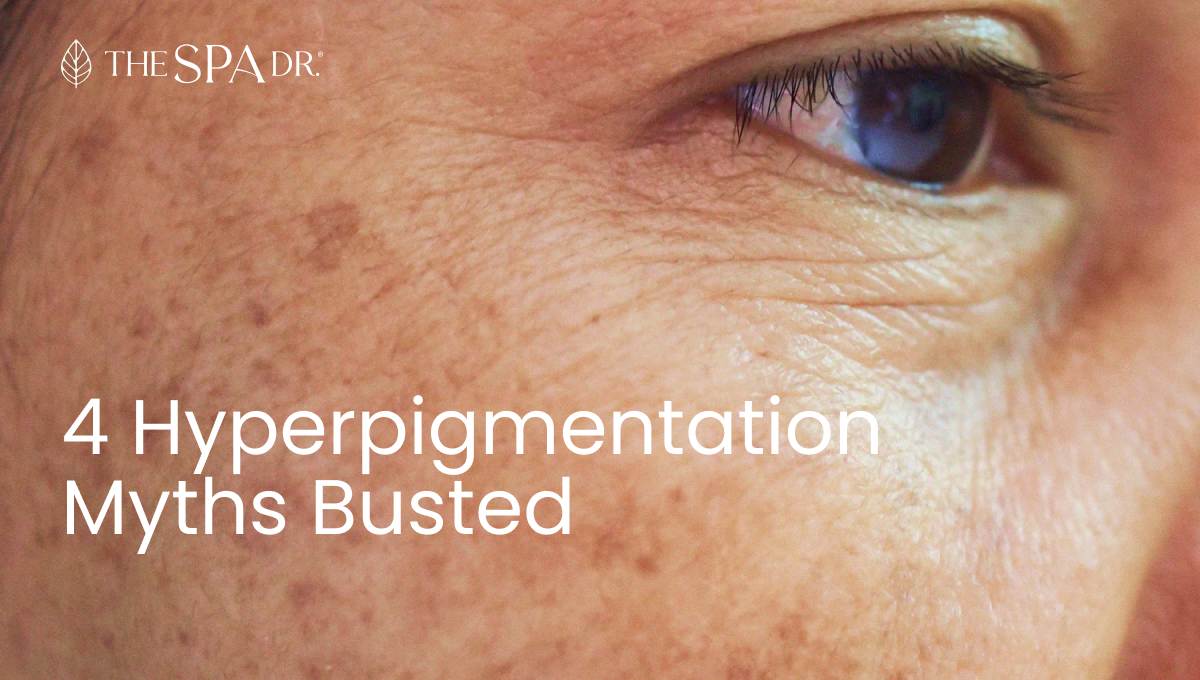
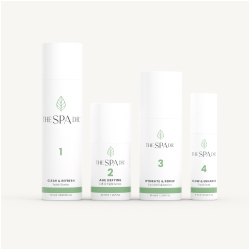
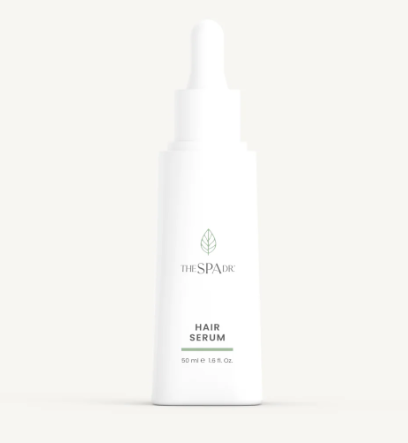
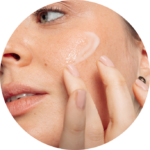

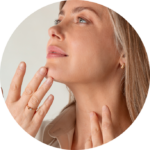


Reader Interactions